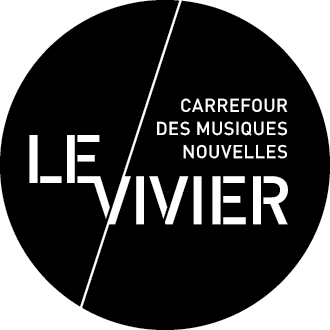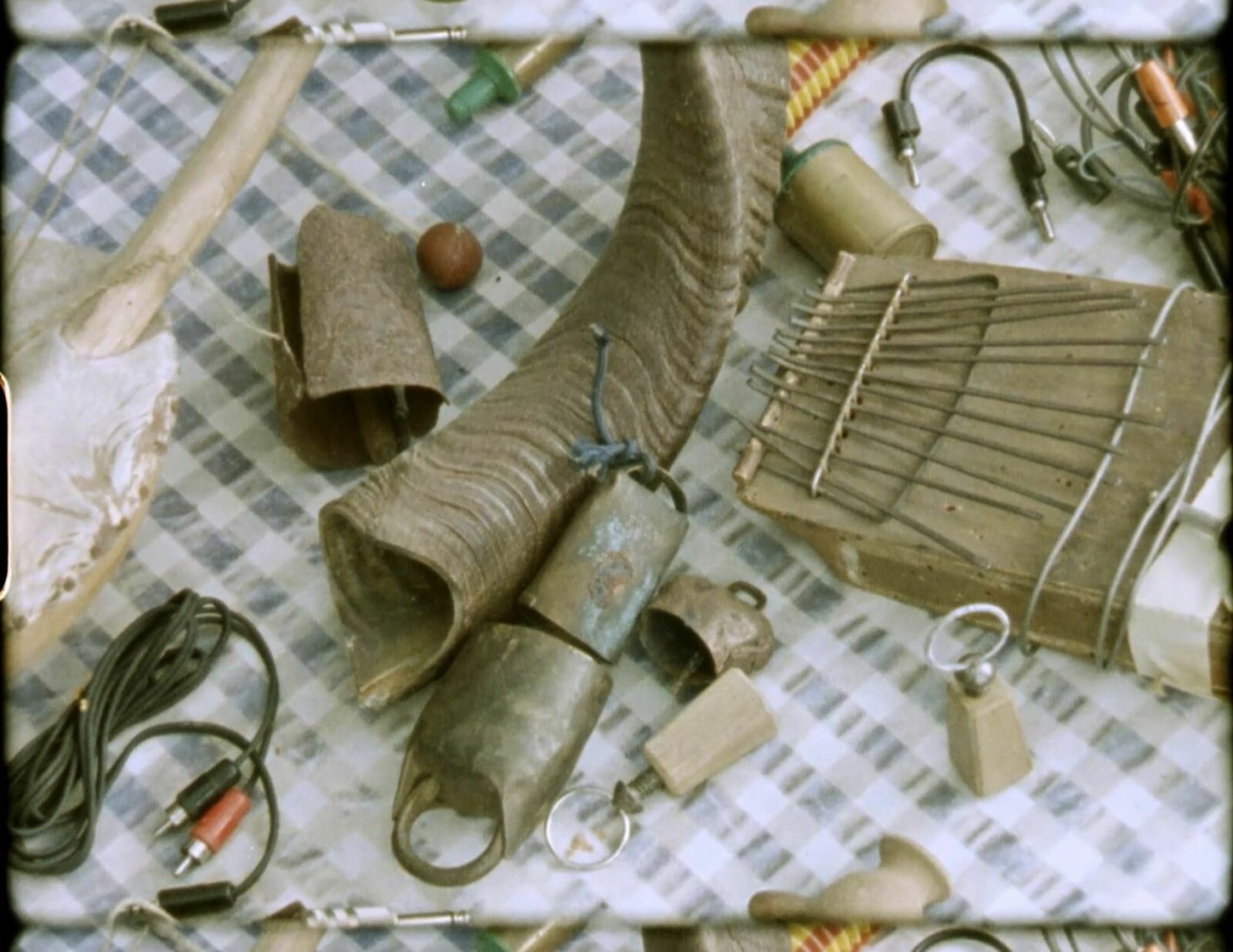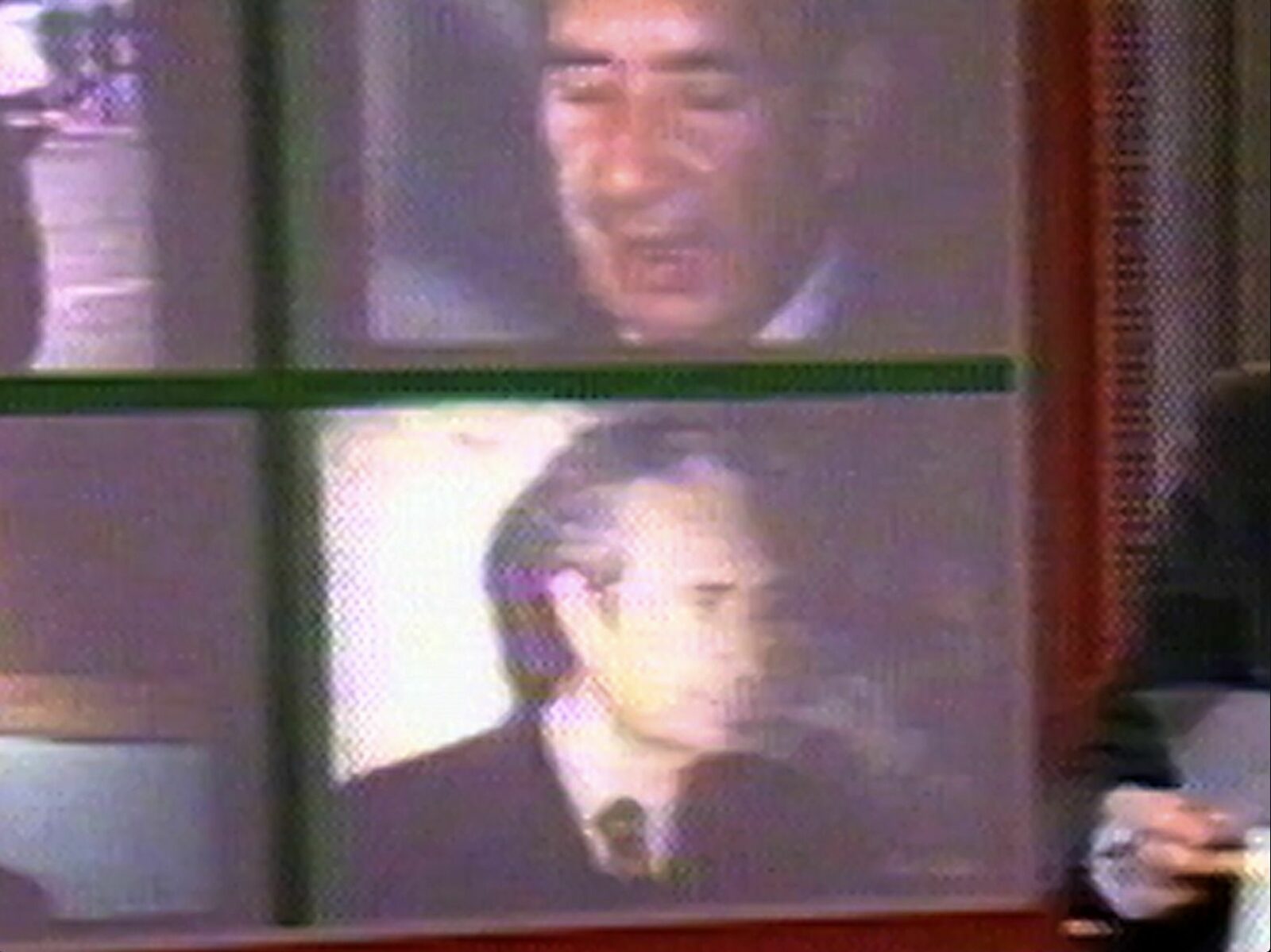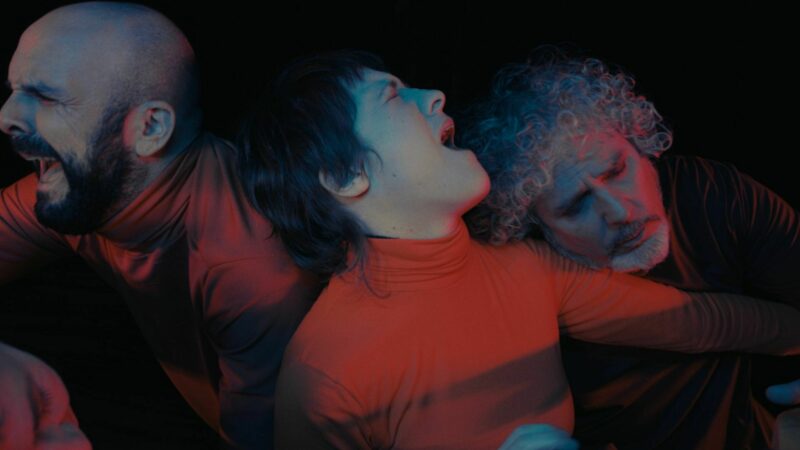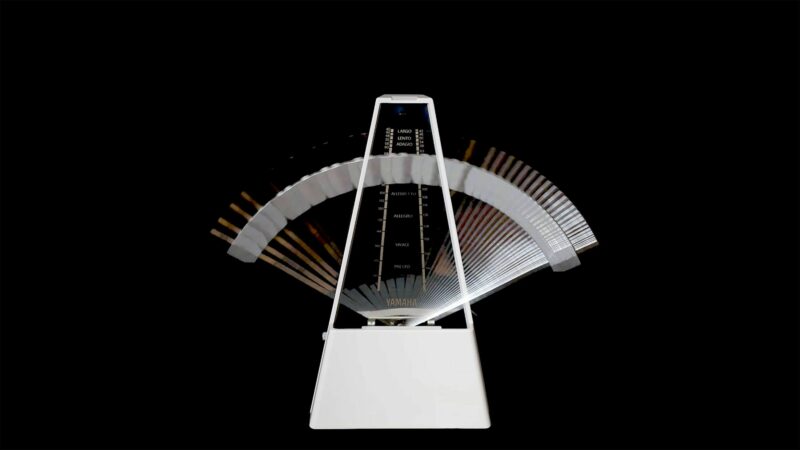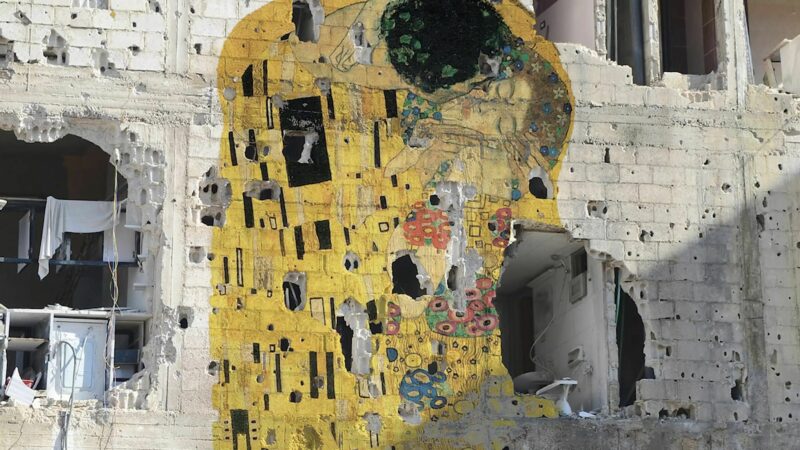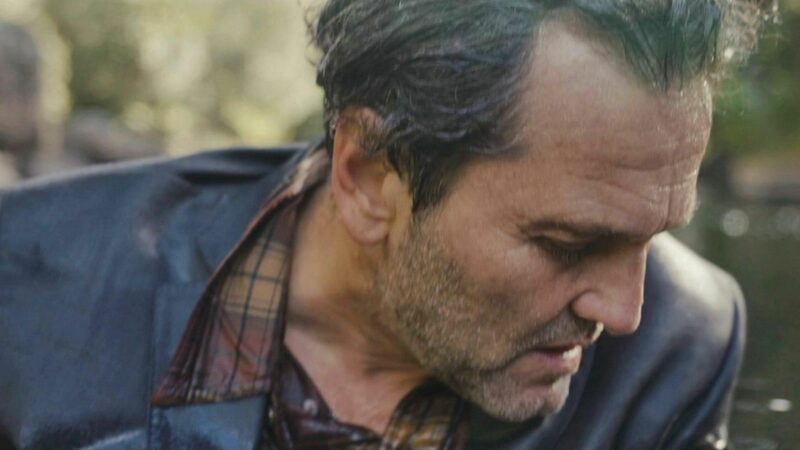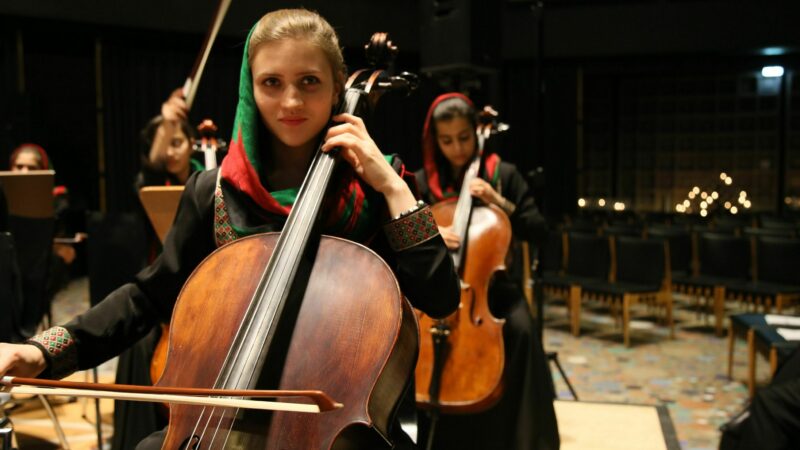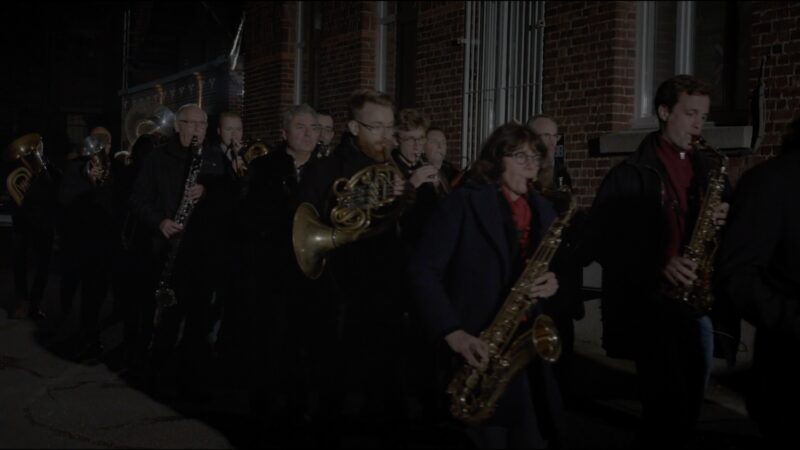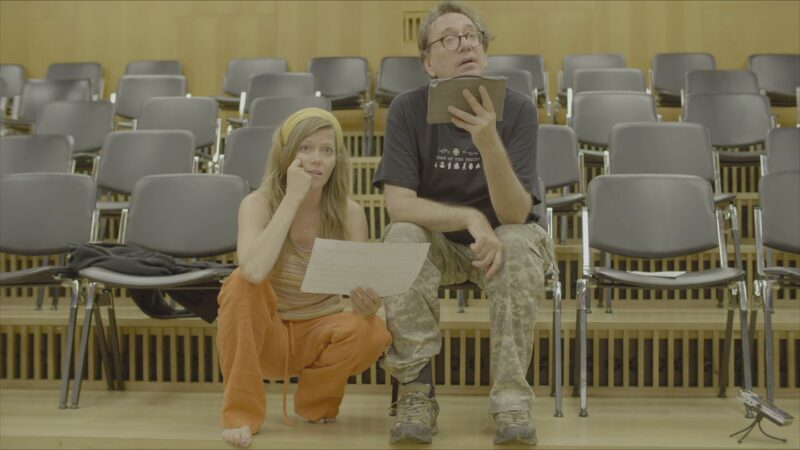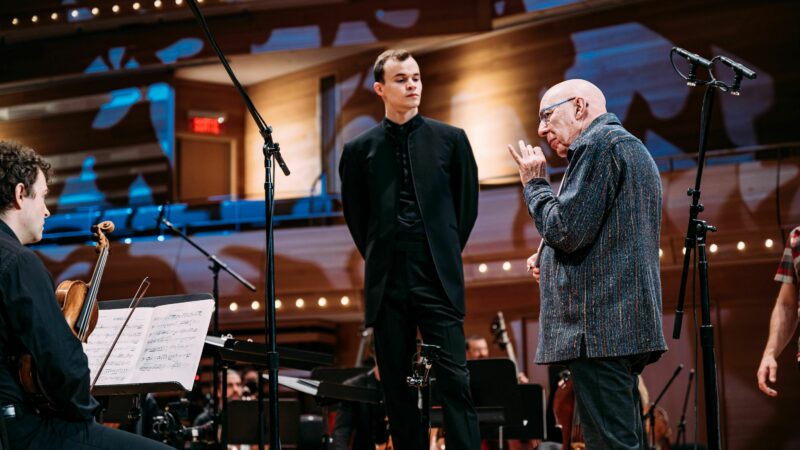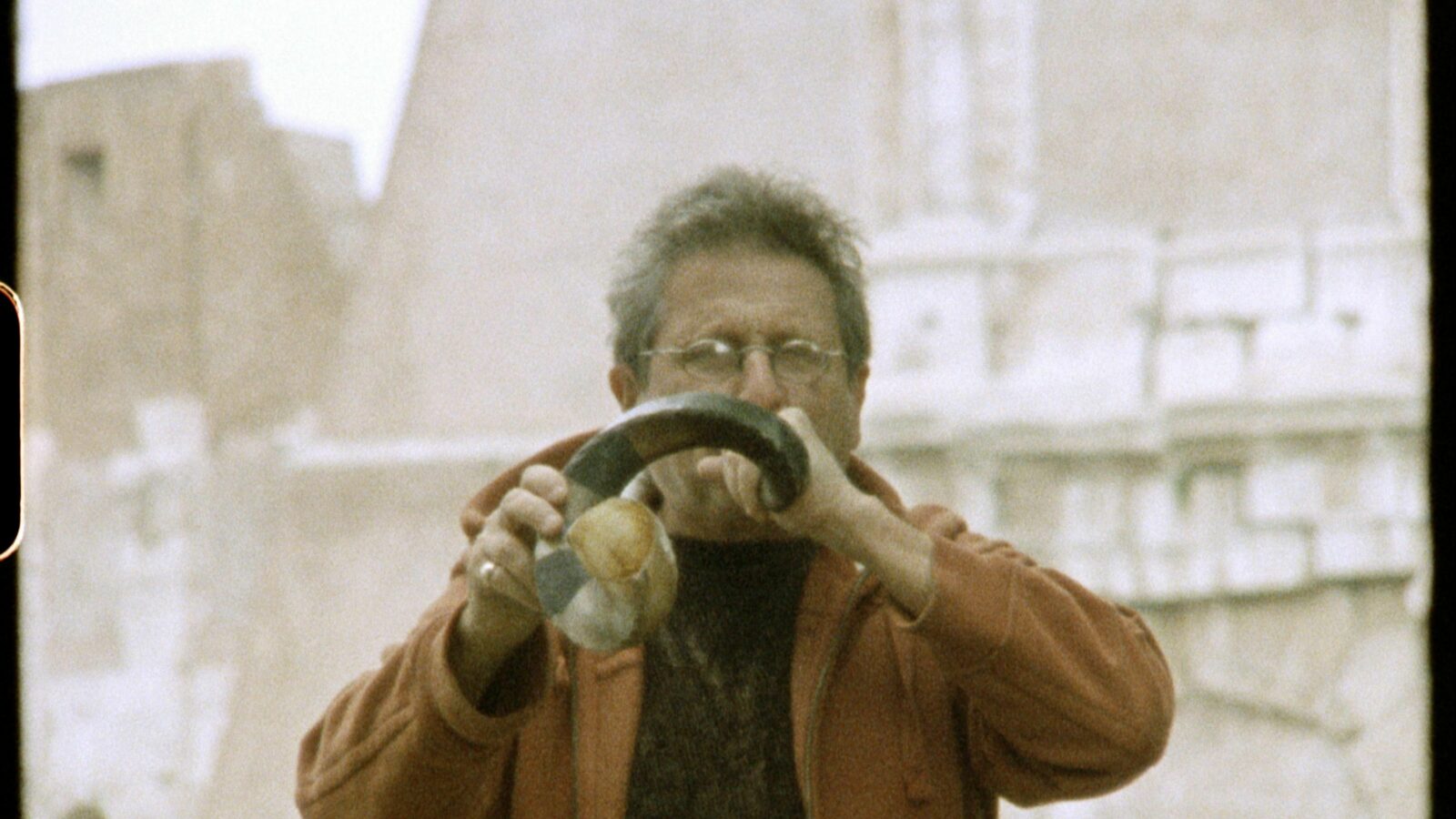
Presented only in theatres
Underneath the lengthy title of Éric Baudelaire’s new film, three films are hiding, separated by three credit rolls and three titles (Four Flat Tires, The Lost Score and When There Is No More Music to Write). They evoke the figure of avant-garde composer Alvin Curran in his relationship to Rome, where he settled in the mid-1960s, and the music he created there, mainly within the famous Musica Elettronica Viva collective.
But as the subtitle of the last of these films “of about Alvin Curran” indicates, the project is no less a portrait than a collaboration: Baudelaire’s collaboration with the composer, whom he never films in person, but whose thoughts and sounds he borrows; with his long-time editor, Claire Atherton; and with Maxime Guitton, a researcher involved in the project right from the start and who unearths priceless material. But Baudelaire also draws on Curran’s collaborations with his own companions, such as the underground filmmaker Annabella Miscuglio, of whom Baudelaire includes several films; and with his city and his times, marked by the kidnapping of Aldo Moro and the revolutionary struggle. For it was in reaction to the discourses on the end of history and to the Years of Lead that Curran justified a musical art free from scored music and focused on collaborative and performative processes. And to oppose political deadlocks and the death of cinema, Éric Baudelaire, in league with the œuvre he documents, plays down the figure of the author and the pretension to an art as a single unit. Three times over the film ends and restarts, with the certainty that by replaying the end, everything can begin again.
This film is part of the FIFA EXPERIMENTAL section program PORTRAITS.
Underneath the lengthy title of Éric Baudelaire’s new film, three films are hiding, separated by three credit rolls and three titles (Four Flat Tires, The Lost Score and When There Is No More Music to Write). They evoke the figure of avant-garde composer Alvin Curran in his relationship to Rome, where he settled in the mid-1960s, and the music he created there, mainly within the famous Musica Elettronica Viva collective.
But as the subtitle of the last of these films “of about Alvin Curran” indicates, the project is no less a portrait than a collaboration: Baudelaire’s collaboration with the composer, whom he never films in person, but whose thoughts and sounds he borrows; with his long-time editor, Claire Atherton; and with Maxime Guitton, a researcher involved in the project right from the start and who unearths priceless material. But Baudelaire also draws on Curran’s collaborations with his own companions, such as the underground filmmaker Annabella Miscuglio, of whom Baudelaire includes several films; and with his city and his times, marked by the kidnapping of Aldo Moro and the revolutionary struggle. For it was in reaction to the discourses on the end of history and to the Years of Lead that Curran justified a musical art free from scored music and focused on collaborative and performative processes. And to oppose political deadlocks and the death of cinema, Éric Baudelaire, in league with the œuvre he documents, plays down the figure of the author and the pretension to an art as a single unit. Three times over the film ends and restarts, with the certainty that by replaying the end, everything can begin again.
This film is part of the FIFA EXPERIMENTAL section program PORTRAITS.
Overview of some festivals:
Cinema du Réel, France (2022)
CPH:DOX, Denmark (2022)
Art of The Real, Lincoln Center, USA (2022)
Viennale, Austria (2022)
Documenta Madrid, Spain (2022)
Cinema du Réel, France (2022)
CPH:DOX, Denmark (2022)
Art of The Real, Lincoln Center, USA (2022)
Viennale, Austria (2022)
Documenta Madrid, Spain (2022)
| Director | Éric Baudelaire |
| Editing | Claire Atherton |
| Sound mixing | Eric Lesachet |
| Music | Alvin Curran |
| Other | Maxime Guitton, Pierre-François Letué |
Session
• Université Concordia - J.A. de Sève, LB-125, Pavillon J. W. McConnell
Saturday, march 18, 2023, 05:00 p.m. — 07:00 p.m.


Production

Éric Baudelaire
Available in French only
Éric Baudelaire (né en 1973 à Salt Lake City, États-Unis), est un artiste et cinéaste basé à Paris. Après des études en sciences politiques, il a développé une pratique artistique ancrée dans un travail de recherche comprenant la photographie, l’estampe et la vidéo. Depuis 2011, le cinéma est devenu central à son travail. Ses longs métrages Une Fleur à la bouche (2022), Un Film Dramatique (2019), Also Known As Jihadi (2017), Lettres à Max (2014),The Ugly One (2013) et L’Anabase de May et Fusako Shigenobu, Masao Adachi, et 27 années sans imagesc(2011) ont été programmé en festival à Locarno, Berlin, New York, Toronto, au FID Marseille et à Rotterdam.
Biographical notes provided by the film production team
Éric Baudelaire (né en 1973 à Salt Lake City, États-Unis), est un artiste et cinéaste basé à Paris. Après des études en sciences politiques, il a développé une pratique artistique ancrée dans un travail de recherche comprenant la photographie, l’estampe et la vidéo. Depuis 2011, le cinéma est devenu central à son travail. Ses longs métrages Une Fleur à la bouche (2022), Un Film Dramatique (2019), Also Known As Jihadi (2017), Lettres à Max (2014),The Ugly One (2013) et L’Anabase de May et Fusako Shigenobu, Masao Adachi, et 27 années sans imagesc(2011) ont été programmé en festival à Locarno, Berlin, New York, Toronto, au FID Marseille et à Rotterdam.
Biographical notes provided by the film production team
In the same session
Université Concordia - J.A. de Sève, LB-125, Pavillon J. W. McConnell
Saturday, march 18, 2023, 05:00 p.m.


You would like





